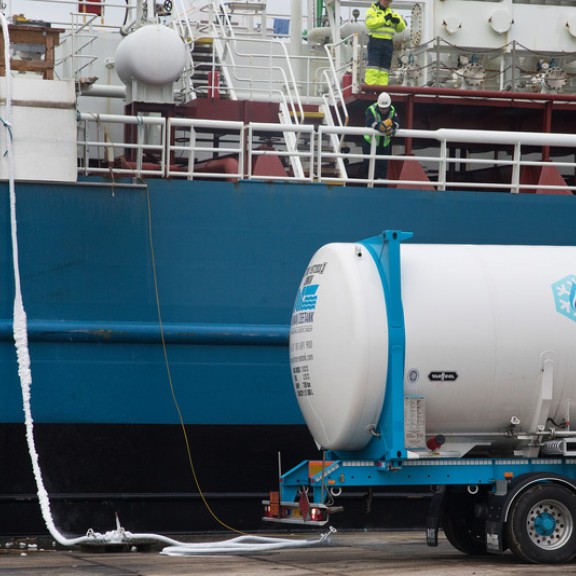
Sustainable fuels bunkering at port
Port of Amsterdam encourages the use of sustainable fuels and makes it possible for both seagoing shipping and inland shipping to bunker sustainable fuels. Find more information about where and how to bunker sustainable fuels in the port region.
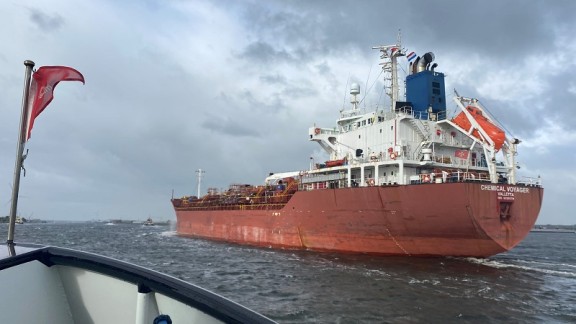
What are sustainable fuels?
Sustainable fuels are - clean fuels that are less harmful to the environment and air quality compared to more conventional fuels such as diesel fuel. You can think of:
LNG: LNG stands for Liquefied Natural Gas, also known as liquefied natural gas. LNG has fewer emissions when burned. More and more ships are running on LNG as a cleaner alternative to other fossil fuels.
Hydrogen: is applicable as a fuel for both an internal combustion engine and fuel cell propulsion with water as a residual product.
Ammonia: is applicable in a combustion engine or as a fuel for a fuel cell. No CO2 is released in these applications.
Methanol: burns virtually without sulfur and nitrogen oxide (NOx). Methanol is applicable in modified internal combustion engines, but can also serve as a hydrogen carrier for a fuel cell.
Hydrogen, methanol and ammonia are sustainable only if they are produced from renewable energy.
Clean fuels are important to further make the shipping industry more sustainable and reduce environmental impact. Facilitating bunkering with sustainable fuels contributes to Port of Amsterdam's vision of being emission-free by 2050.
To encourage the use of sustainable fuels, Port of Amsterdam has amended the Port Bye-laws to facilitate sustainable fuels bunkering for vessels. An LNG bunker station for inland shipping has also been set up in Amerikahaven.
Where can you bunker sustainable fuels?
Ship-to-ship sustainable fuels bunkering
The bunker chart shows which locations in the port can be used for ship-to-ship bunkering. See the bunker chart and the corresponding decree (in Dutch) to see where this is permitted.
If you want to bunker ship-to-ship but the location you want is not shown on the chart, please contact gsm@portofamsterdam.com to determine whether customization is possible in this case.
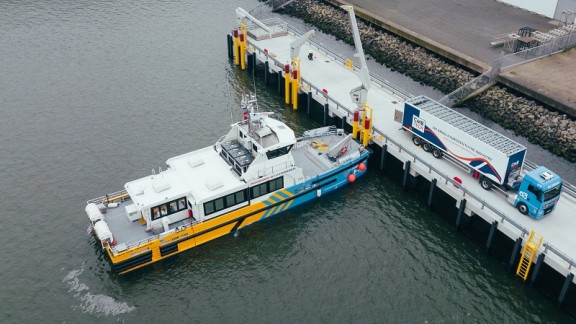
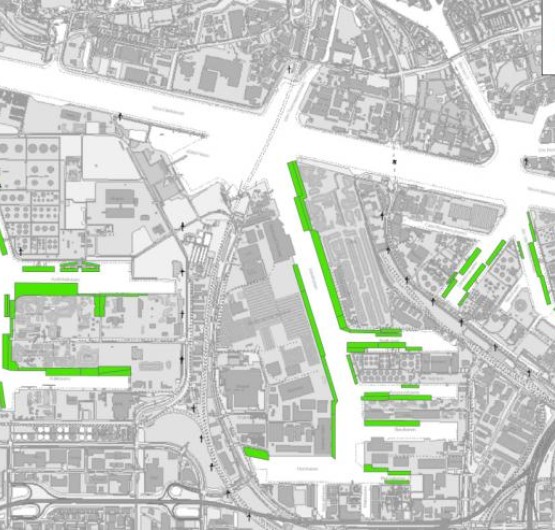
View full map

LNG bunkering at a fixed bunker location
The Titan FlexFueler is located at a specially designed facility in the Amerikahaven that has been approved by the environment agency. Barges can moor here to bunker LNG at this location. If bunkering on location is not possible, seagoing vessels up to 185 metres in length can also moor here to bunker LNG.
Checklist for bunkering sustainable fuels
During bunkering, Port of Amsterdam prescribes the use of an IAPH checklist developed internationally by the IAPH:
LNG: IAPH Liquefied GasBunker checklist (STS-B v4.0 or TTS-B v4.0)
Methanol: Alcohol Based Bunker checklist (STS-B v1.0 or TTS-B v1.0)
Ammonia: Ammonia Bunker checklist here is being worked on and is available in draft form. Please contact us if it is needed.
With which operator can you bunker?
If you are a vessel owner and want to do business with an LNG bunker operator, you will find below a list of licensed operators in the ports of the North Sea Canal area:
- Titan LNG
- Sirius Shipping AB
- Victrol
- NYK Shipmanagement
- Bernard Schulte Shipmanagement
- Windcat
- FinCo Fuel nederland B.V.
- Fratelli Cosulich
If you wish to use an LNG bunker operator that is not on this list, that operator must first apply for a permit.
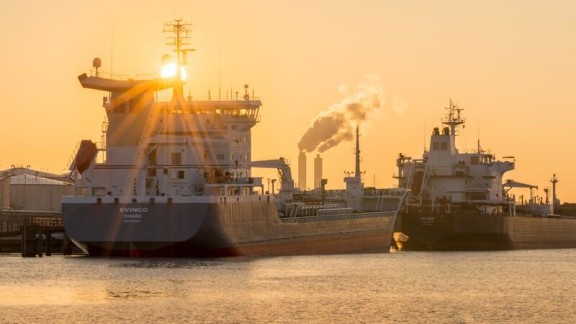
Laws and regulations
Port of Amsterdam has laid down the bunkering regulations in the port of Amsterdam in the Port Bye-laws.
Permits for ship-to-ship operators
If you, as a bunker operator, wish to carry out ship-to-ship bunkering activities in a port in the North Sea Canal area, you must be in possession of a bunker permit. You can apply for the permit as follows:
- Contact Port Office on +31 (0)20-5234600 and choose option 2.
- Ask the employee for the Audit Intake Form and the Application Form Permit for ship-to-ship LNG bunkering activities.
- Our staff at Port Office will be pleased to help you.
This permit application takes some time. We therefore advise you to start the permit application well in advance.
Veelgestelde vragen over bunkeren
LNG bunkering
LNG bunkering with a tanker truck is only possible outside the licensed facility in very exceptional cases.
If a ship wants to refuel with an LNG tanker, an exemption must be applied for by or on behalf of the ship.
This application will be assessed on its individual merits, depending on possible alternatives and the safety assessment.
Port of Amsterdam is responsible for amending the port ordinance and the port regulations. These lay down where and in which cases bunkering is permitted in the port.
The Harbour Master Division sees to it that these rules are complied with and can enforce them if they are not.
The shipping agent has a communication role and coordinates the various service providers and activities that take place at the terminal. This ensures that LNG can be bunkered without hindrance.
Statutory public responsibility for compliance with the safety regulations based on the port regulation rests with the bunker operator and the ship being bunkered.
The terminal will of course be involved in the implementation of the safety regulations. However, the terminal always has the right, based on its own private considerations, not to allow LNG bunkering
If you have any other questions about sustainable fuels bunkering in the port of Amsterdam, please contact our Superintendents Dangerous Goods & Environmental Control. Call +31 (0)20 523 46 00 and choose option 2.